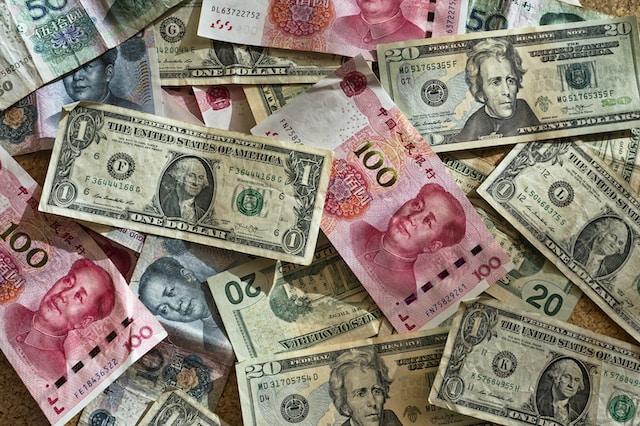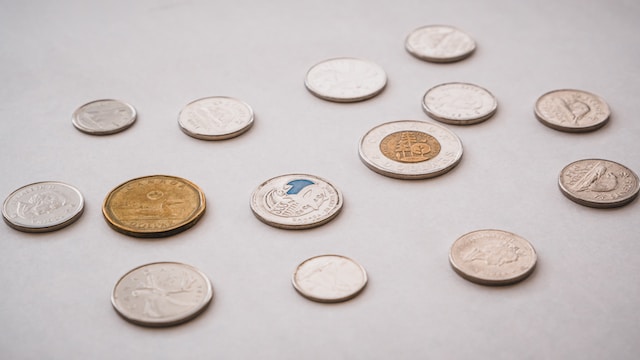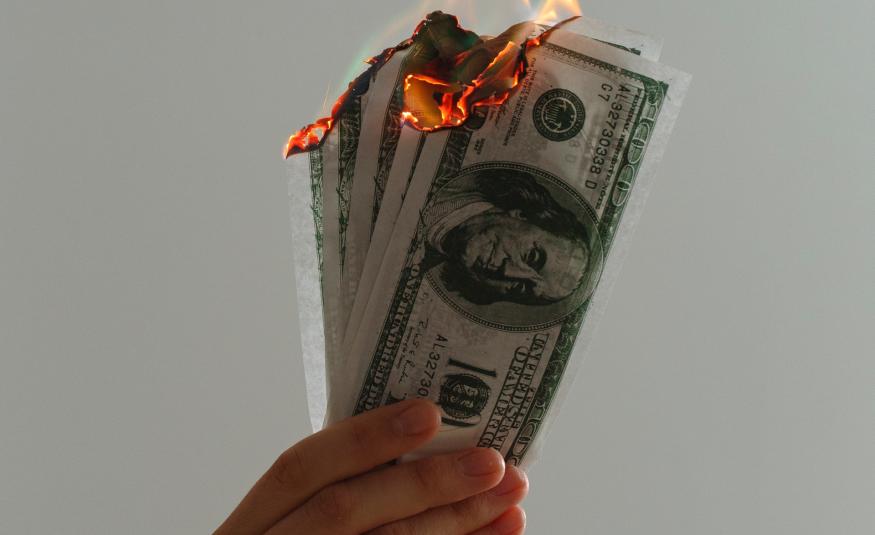FOR the most part of the last century, the US dollar has reigned supreme with a strangehold on world trade.
Countries from all over the world, whether they like it or not, must use the greenback as legal tender while conducting business transactions with each other, regardless.
Even if country A is buying a product from country B, they must still use the US dollar no matter what.
But with the recent US banking meltdown precipitated by the Silicon Valley Bank collapse, mounting calls have been made by other world economies to reduce their dependence on the US dollar.
Economic pacts not always buddies with the US such as BRICS or Brazil, Russia, India, China and South Africa and other emerging economies have long tinkered with the idea of trading using tĥeir respctive currencies rather than the George Washington bill.
De-dollarisation activities already taking place
The current de-dollarisation was a result of tirades by several countries in the world.
They bayed for a reduction the usage of the US dollar as the global currency in international trading hence shaping a new global economic landscape.

Associate Professor Dr Aimi Zulhazmi Abdul Rashid said Russia for example, on the back of economic sanction imposed by the Western bloc, has engaged to trade with China using the yuan.
"This situation became pervasive and BRICS member countries traded among themselves using their own currencies.
Then, Saudi Arabia began accepting payments for its petroleum products in yuan from China as well as rupees from India," said Aimi in an interview with DagangNews.com.
Argentina and Brazil which are the two biggest economies in South America also moved to trade using their own currencies instead of the US dollar.
"The action demonstrates the intention of the countries to reduce US dollar dependence and to forge a closer economic and political relationship among the countries," said Aimi who is economics lecturer at Universiti Kuala Lumpur.
Weaning off the dollar - pros and cons
Reducing dependency on the dollar will definitely have consequences. What are the pros and cons?
These actions will certainly have both advantages and disadvantages.

First, it will benefit non-US dollar using countries to diversify their risks, strengthen their respective national currencies, increase monetary policy independence, reduce vulnerability to US sanctions and attract domestic and regional investments.
However on the contrary, there are many transitional challenges as cross border transactions will become more complex, potentially wreaking short-term instability and even limited global acceptance of alternative currencies other than the US dollar may hamper growth strategies and market entry decisions.
"Nonetheless the de-dolarisation action has attracted other countries to join the trade practice spearheaded by BRICS, especially those countries whose US dollar-denominated imports are extremely vulnerable," said Aimi.
Looking elsewhere other than the dollar
Early last year, the US dollar strengthened due to the Federal Reserve's monetary policy.
At the same time, prices of key commodities such as crude oil, wheat and corn also spiked as a result of the geo-political conflicts in Russia-Ukraine, forcing countries to look for cheaper alternative than trading in the US dollar.
Accepting your own currencies instead of the US dollar is obviously a more welcoming sight especially for trade deficit countries which are highly dependent on imports from overseas.

Too early to discuss on de-dollarisation?
However, it may be too early to talk about the de-dollarisation of the world.
The status of the dollar as global currency cannot be swept aside that easily.
The money's legacy was built over a span of decades and had provided confidence among traders and investors for the longest time.
"For the alternative global currency to take over, a solid economy, liquid and open financial markets and credible regulations are needed.
"This is also true for the other major function of money as foreign currency reserve instruments," said Aimi.

Photo credit: PiggyBank.ca
A majority of the world's central banks still stock up 60 percent of their cash reserves with the US dollar which amounted approximately US$11 trillion.
De-dollarisation will inevitably take place one day, but will it happen any time soon? - DagangNews.com










